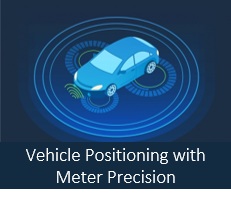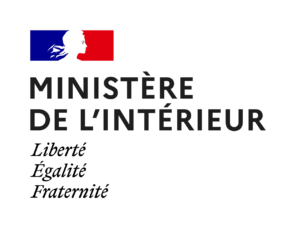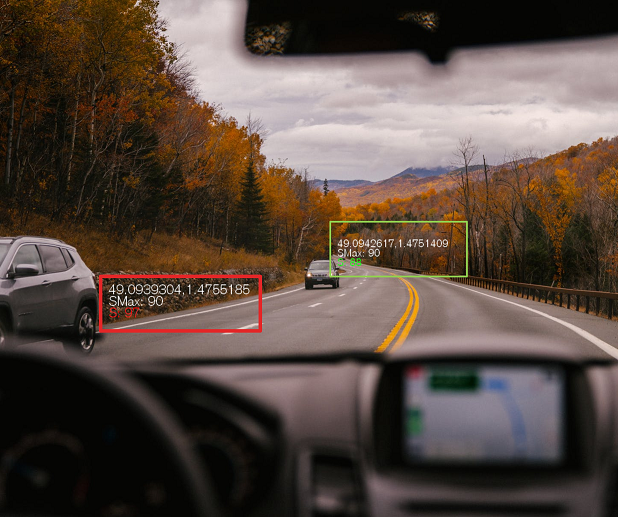IN-MOTION SPEED ENFORCEMENT
ROAD SAFETY CHALLENGES
Excess speeding is the leading cause of death, with more than 50% of fatalities occurring on secondary roads. Current fixed and mobile radar systems already prevent many accidents, but their potential has often been fully exploited.
Although 50% of fatalities occur on secondary roads, the vastness of the road network and their low average accident rates per kilometer make fixed radars unsuitable for secondary roads.
THE SYSNAV SOLUTION
The SYSNAV in-motion speed enforcement system can cover all roads where speed control is not yet applied, in a very flexible and cost-effective way.
Here is the way it works:
- The fleet of unmarked control vehicles detect, recognize, and georeference speed limit signs
- It creates a national database of speed limits per road segment
- It updates the database continously
- Each control vehicle is located with high accuracy in real time
- It retrieves the applicable speed limit on its current location
- It measures speed of drive-by vehicles & compares it to the speed limit.
All the vehicles encountered while driving are anonymized for real-time speed analysis. SYSNAV’s continuous road data collection populates a database with average speed per road, segments with high risks, number of vehicles per road, state of road signs, weather conditions, etc.
The system uses this data to continuously predict locations representing the highest risk of accident.
To discover how control vehicles are located in real time with high accuracy:
OUR REFERENCES
As part of its contract with the French Ministry of the Interior, SYSNAV has designed an autonomous and mobile speed enforcement system. Its aim is to increase traffic safety by monitoring speed potentially anywhere, changing locations frequently and using predictive analysis in order to reduce accidents and road fatalities.
Thanks to its automation, the system does not require the attention of the drivers, allowing them to concentrate on driving and following planned routes. Driving of control vehicles can be subcontracted to private companies under contract with the Ministry of the Interior.
It is deployed and operational on over 400 vehicles throughout France.




